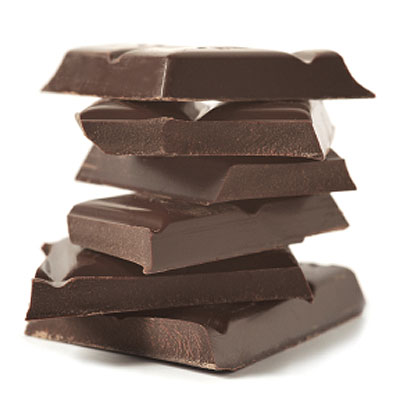Submitted by Cindy Dallow Ph.D, RD, t2coaching RD



It’s 3:00 in the afternoon and you’re swamped with work, yet your mind keeps drifting off to the chocolate cake in the office refrigerator….or you’re lounging at home and all you can think about is the bag of M&M’s your kids brought home yesterday.
Snacking: the all-American past-time that every obesity expert likes to blame for the burgeoning waistlines we see in our country today. But is it really that bad to eat between meals?
Not if you’re a GOTRIbal gal! One of the perks of being an endurance athlete is that we get to eat more (and should eat more) than the average Josephine who sits on her duff all day. The key is to do it wisely so that you’re not drowning that fine-tuned body of yours with sugar, fat, and salt.
Here are three basic guidelines on healthy snacking:
Maximize nutrient density – This means getting the most bang for your buck in terms of actual nutrition. Look for snacks that are highest in vitamins, minerals, and fiber, such as fruits, veggies, whole grains, and lean sources of protein. Avoid the processed and/or fast food items.
Sweet potatos, spinach, oatmeal, and tofu are just a few "nutrient dense" foods that have a high ratio of vitamins and minerals to calories.

Include all major macronutrients (protein, fat, and carbohydrate) – Fruits and veggies are high in nutrient density but they have little or no protein or fat (they are 100% carbohydrate). Thus, they should be part of a good snack but not the entire snack. Ditto for high-protein bars and shakes: they are almost void of carbs and are too high in protein. Aim for a snack with all three macronutrients. Examples include yogurt, fruit, and a whole grain bagel or cereal, milk, and a banana, or a whole grain tortilla with hummus and spinach salad.

Make it tasty and satisfying – Face it, apples and carrot sticks are not enough when you’re really hungry. And they’re not enough when you’re training for a big event either. They are nutrient-dense but again, they are not likely to fill you up. Protein and fat stay in the stomach much longer than carbohydrates do so they help fill you up and keep you from scroungin’ around in the refrigerator 15 minutes later. So go ahead and have a little chocolate or small amount of sugar, if that’s what tastes good to you, but have it as part of a healthy snack. Small amounts of sugar or chocolate are fine, if they help satisfy your sweet tooth. Examples include homemade chocolate chip cookies that are made with less sugar and fat and more whole wheat flour dunked in a glass of skim or 1% milk. Or a mixed veggie salad, whole grain roll, and small piece of dark chocolate. Get the picture?

By including some of the “no-no” foods with your snack, i.e., chocolate, you’re less likely to feel deprived and more likely to enjoy what you’re eating. And if you tell yourself “I’m not going to have any chocolate until my race is over with” you’re setting yourself up for failure (I mean really, why suffer needlessly?).
Life is short. Enjoy your snacks but enjoy being smart about it too!

No comments:
Post a Comment